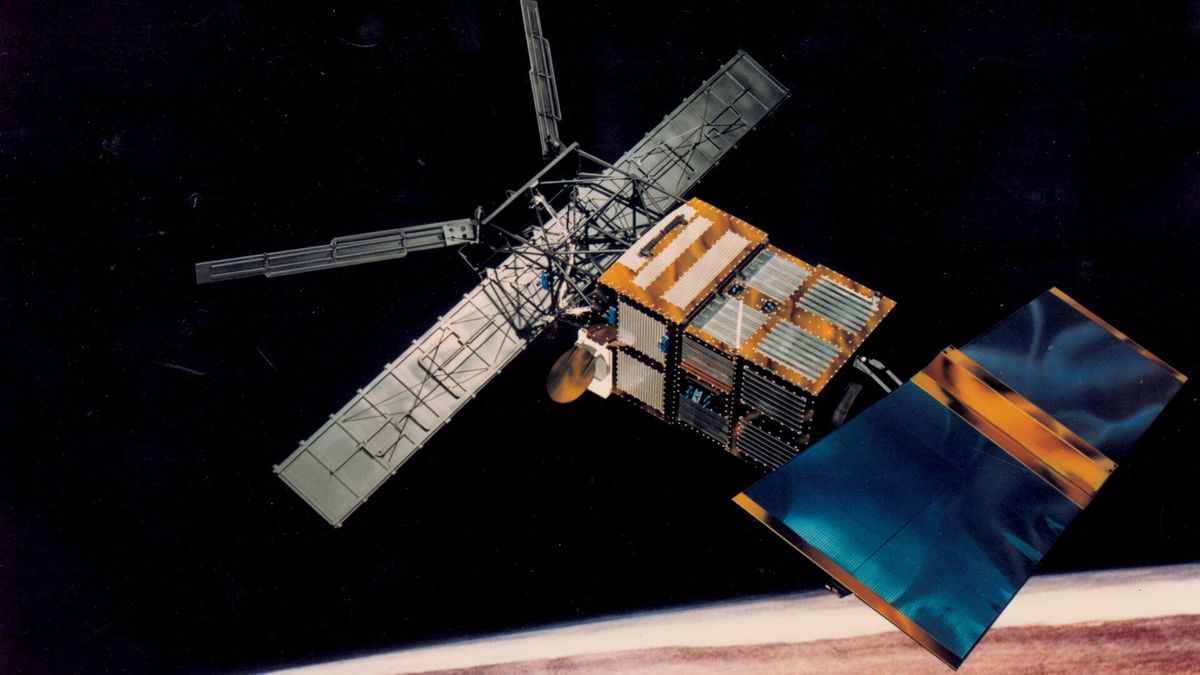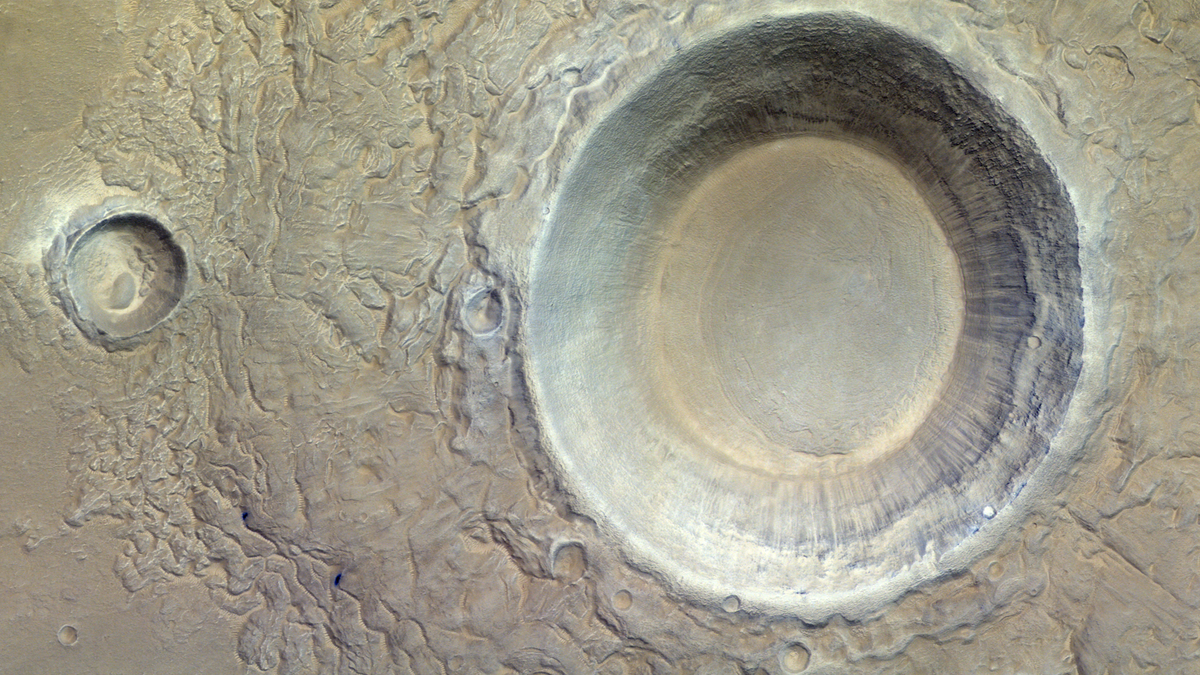Residual Fallout from the Fall of the European Remote Sensing Satellite
Following its launch in April 1995, the European Remote Sensing satellite, also known as ERS-2, spent nearly 16 years studying Earth before the European Space Agency (ESA) decided to bring its mission to an end in 2011. The agency conducted a series of deorbit maneuvers to lower the satellite’s altitude and reduce the risk of collision with other space objects.
The Controlled End of ERS-2’s Mission
The ESA’s efforts included passivating the spacecraft, which involved eliminating internally stored energy sources like propellant and battery charges to prevent fragmentation. The spacecraft was prepared for an uncontrolled reentry into Earth’s atmosphere, a phenomenon that occurs approximately once a month with similar space objects.
Predicting and Monitoring the Fall
Despite a slightly delayed reentry, occurring over the North Pacific Ocean instead of the expected timeframe, the ESOC effectively tracked ERS-2’s descent. This mission is crucial as even minutes or seconds can determine whether debris lands in uninhabited waters or poses a threat to populated areas.
Potential Survivability of Debris
The likelihood of parts of the 2.5-ton satellite surviving reentry is a considerable concern, with substantial pieces such as fuel tanks, internal panels, and antenna structures standing out. However, the exact composition and post-reentry impact remain difficult to determine due to the uncertainties surrounding where the debris fell.
Considerations for Future Spacecraft Reentries
Experts like Ewan Wright and Darren McKnight emphasize the importance of controlled spacecraft reentries to minimize risks to people, aircraft, and ships. The global standard of removing satellites from orbit within 25 years of the end of their mission is evolving, with considerations for a more stringent five-year rule to enhance safety measures.
Challenges and Opportunities in Space Regulation
Regulations guiding satellite design for controlled disintegration and minimizing contamination concerns from reentering objects are areas of ongoing debate. As the volume of materials in orbit continues to grow, determining the benefits and risks of evolving space regulations becomes increasingly complex.
Focusing on Data Collection and Controlled Reentries
While uncontrolled satellite falls remain a common occurrence, efforts to monitor and gather data from these events are critical. Satellite reentries present valuable opportunities for measuring atmospheric impacts and improving future space missions by focusing on controlled reentry strategies.
Image/Photo credit: source url





